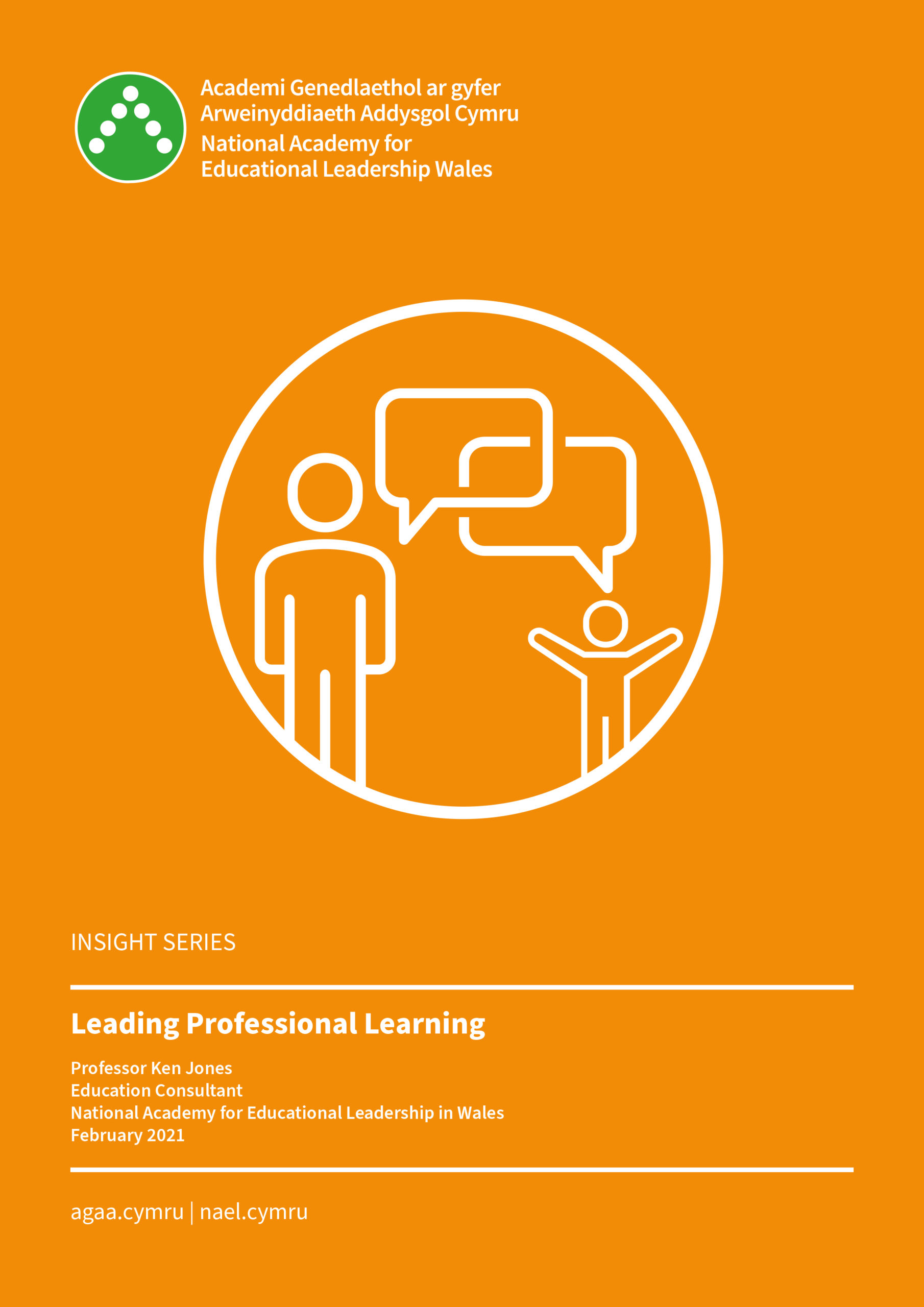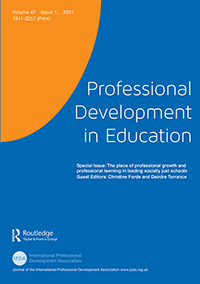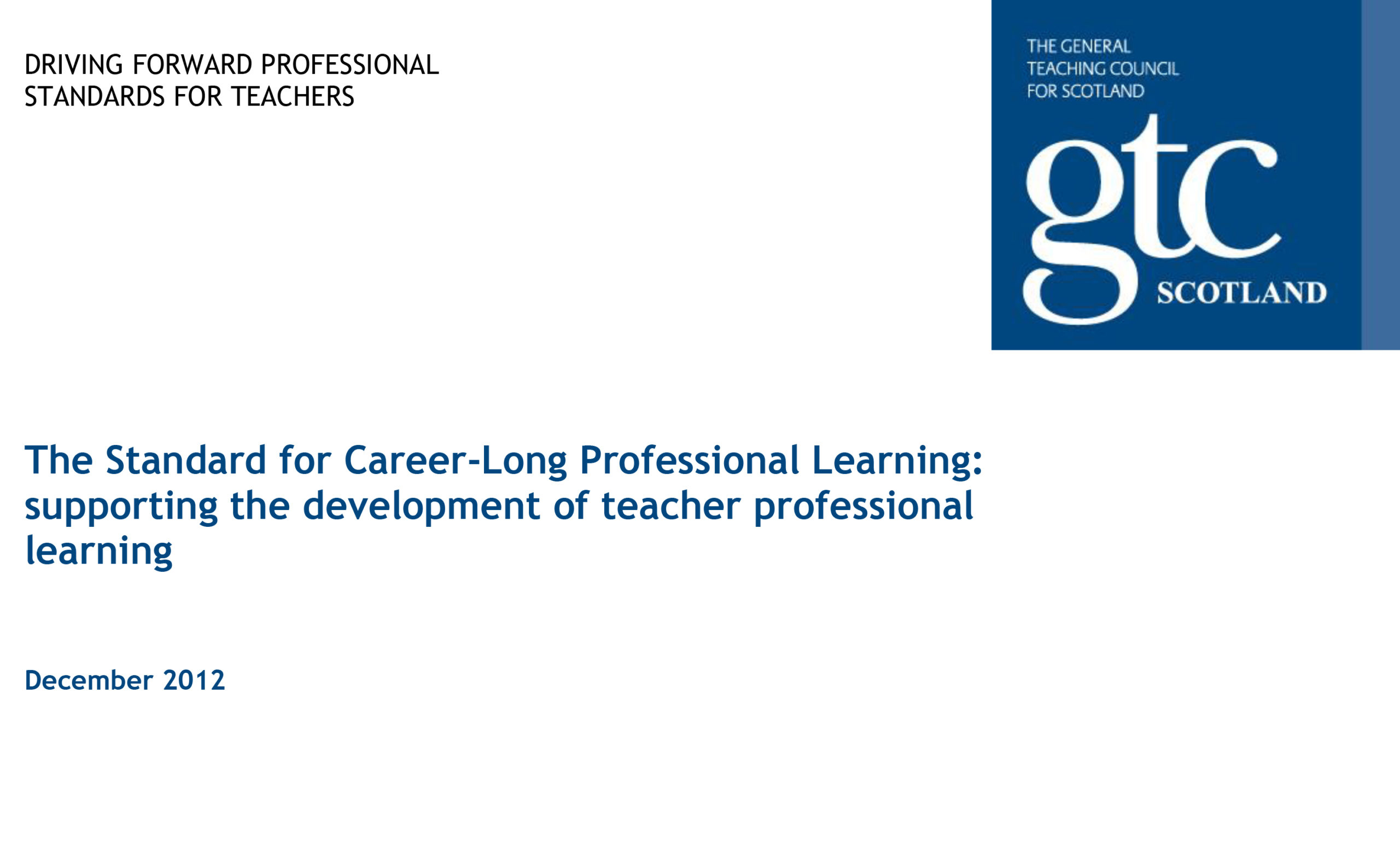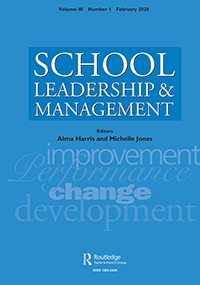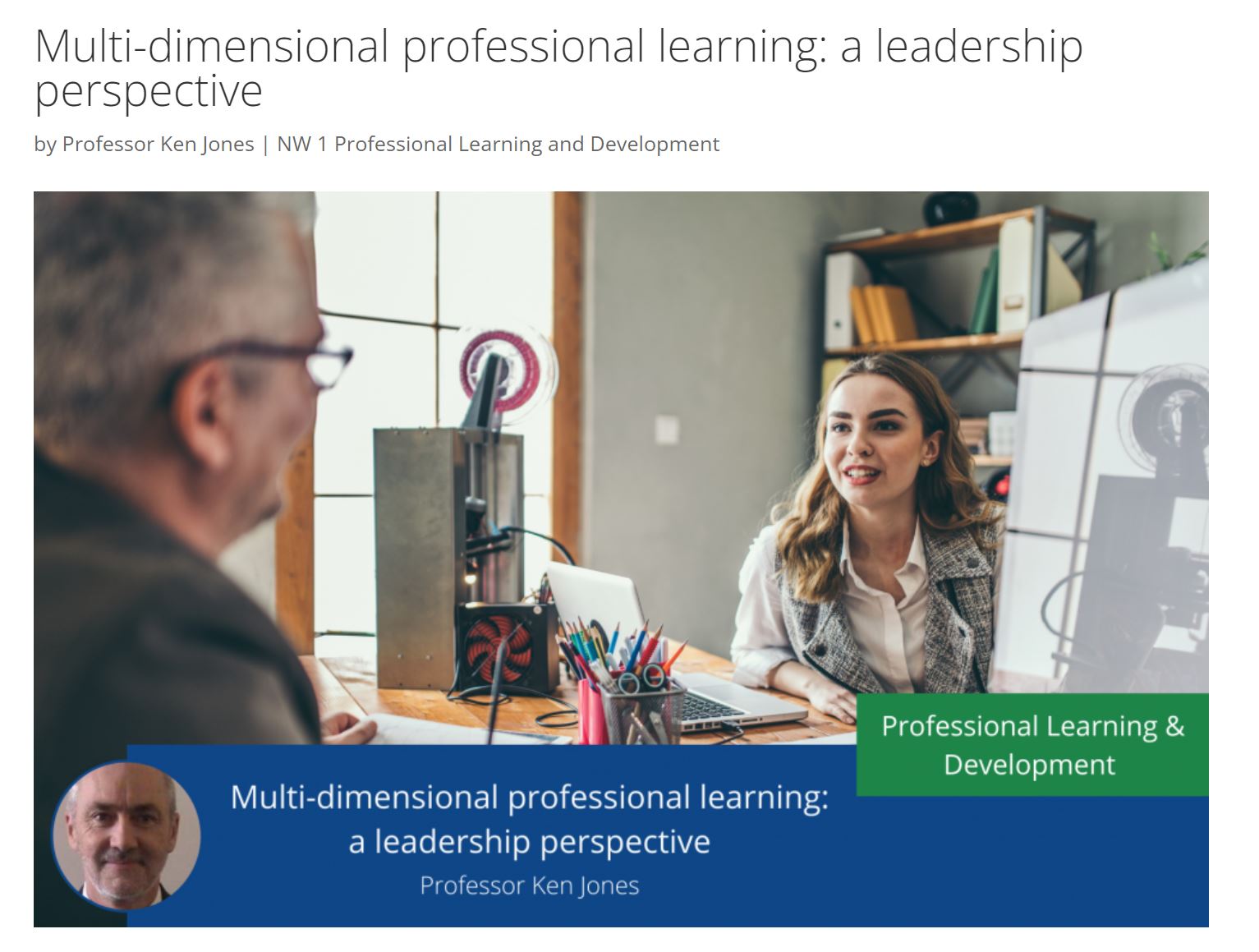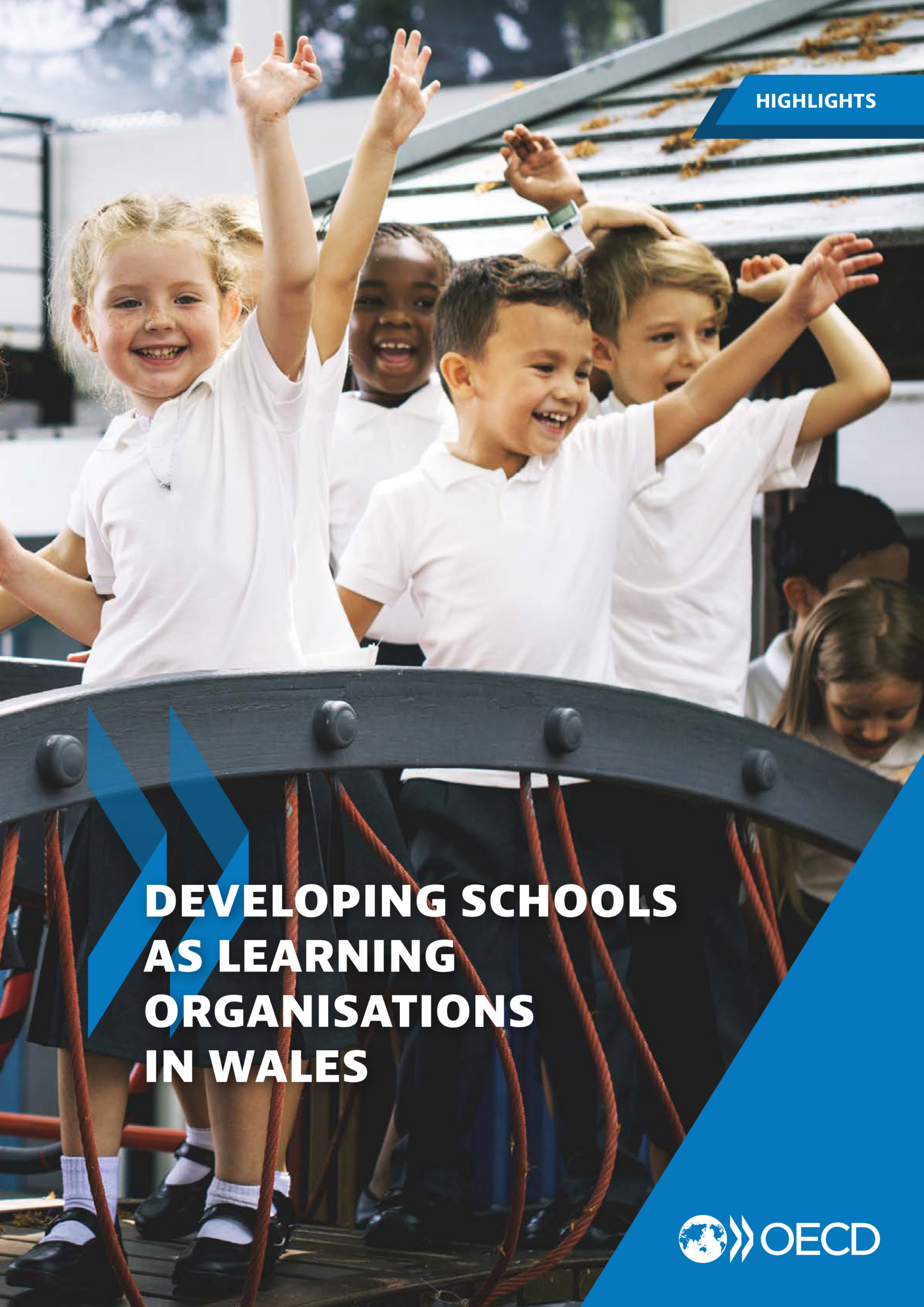Well-led professional learning is...
Designed to enable innovative approaches to learning and pedagogy
At all points in the school system areas of specialist expertise are required. This may be in working in Early Years settings, educating those with additional learning needs, providing subject knowledge and skills for older learners or leading and managing teams at all levels. Enabling professional learning support focused on these areas is an essential part of leaders’ responsibilities.
Opportunities to support the development of pedagogical knowledge, curriculum design, subject knowledge and approaches to assessment are sought from within and outside the school.
Such professional learning is planned and unplanned, formal and informal (Evans, 2019). It is continuing and career-long (GTC Scotland, 2012). From a well-being perspective, it is important that leaders create space for themselves and colleagues to consolidate what has been learned rather than constantly seek evidence of change (Jones, 2020). This is difficult at times when there is radical change occurring in the system when the value of ‘what went on before’ will be questioned.
However, leaders move on from continuing consolidation at times of rapid change and identify opportunities for new approaches to teaching and learning. This requires transformative rather than transmissive forms of professional learning (Kennedy, 2005; 2014) and may be disruptive to existing processes. Leaders are aware of these distinctions and consider how compatible the change is with the core values of the school and the likely impact of change arising from transformative professional learning.
In the context of on-going curriculum reform in Wales, practitioners expand their pedagogical and assessment skills (Harris, Jones and Crick, 2020; OECD 2018) and school leaders support this with a particular focus on exploring how professional learning might be used to link pedagogy and curriculum development as a means of building coherence.
Make the Connection
Developing and supporting continuous learning opportunities for all staff
Professional Learning (formal leadership roles) & Innovation (formal leadership roles)
Be Inspired
We asked leaders from schools across Wales to tell us how they are Leading Professional Learning, using each of the eight hallmarks of well-led professional learning as a reference point. The resulting Case Studies offer an insight into a diverse range of effective approaches to Leading Professional Learning that we hope will bring the hallmarks to life and inspire fresh, strategic thinking for other leaders in Wales. We want you to Be Inspired.
Join In
If your school or cluster has an example of practice that could be included in the Leading Professional Learning resource – under one (or more) of the eight ‘hallmarks’ of well-led professional learning, we want to hear from you.


